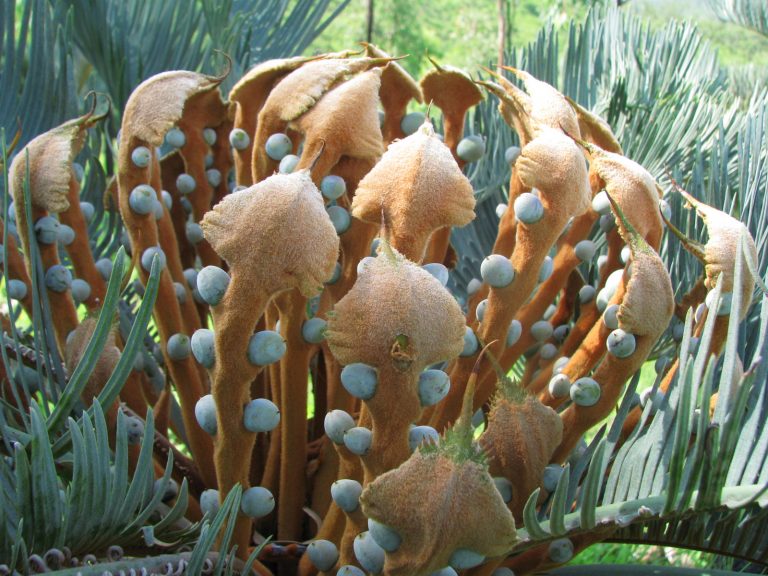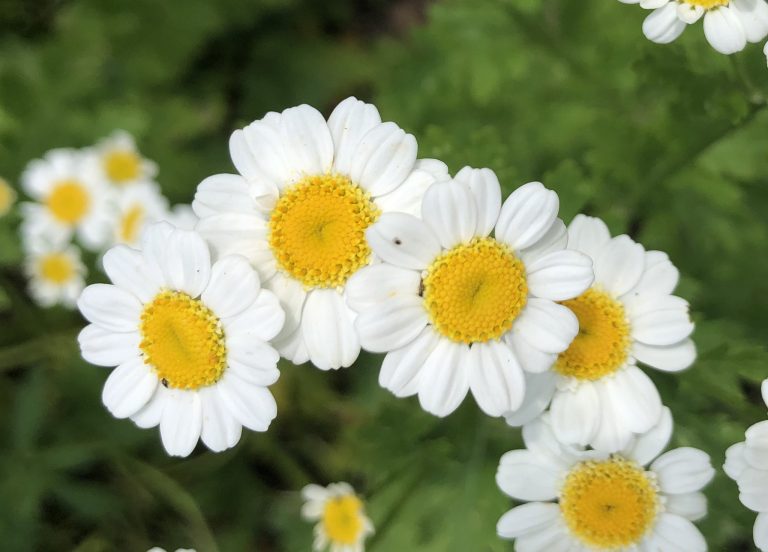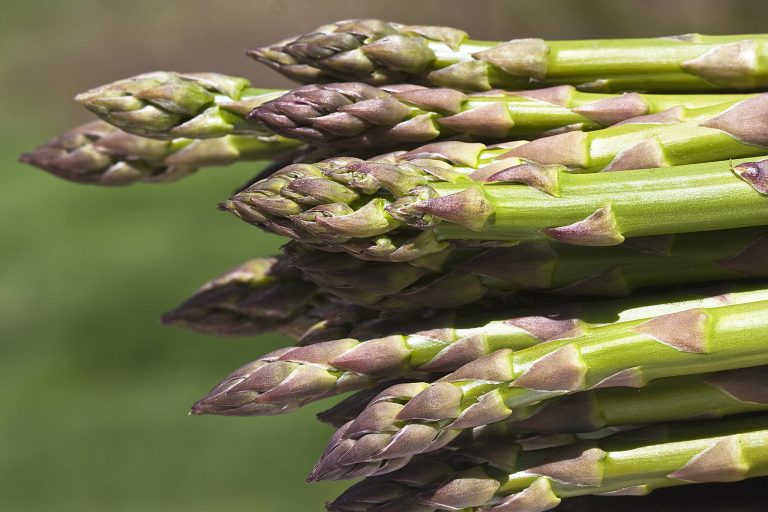Cycads (Order Cycadales) are a non-flowering dioecious plant with fossil records reaching back 300 million years. These gymnosperms thrived during the Jurassic Period, along with the dinosaurs. While many species survive today, Most of those in South Africa are threatened with extinction due to widespread Cycad plant poaching.
Cycads can be found nearly all across the globe and in various habitats. Over 70 percent of the world’s 300 species are found in South and Central America, Australia, South Africa, Mexico, China and Vietnam. South Africa alone boasts 38 species, including 29 that can be found nowhere else in the world.
Cycad plant poaching is big business
Cycads have a prehistoric appeal, with their great, tough, yet feathery leaves and large, prominent cones. This, along with their scarcity, makes them a hot commodity among collectors. South Africa’s Cycad plant poaching problem is the horticultural equivalent to the endangered rhinoceros and elephants.
Continual poaching has increased the distance between plants and reduced pollination and reproduction, creating a downward spiral where they are unable to replenish and thus become scarcer and increasingly more sought after.
The Global Initiative Against Transnational Organized Crime (GITOC) was told by one source, “Owning a rare cycad displays wealth and intelligence in a way owning luxury cars does not.” The illegal sale of poached plants takes place within a legal market for cultivated varieties, making it difficult for the authorities to prevent trafficking.
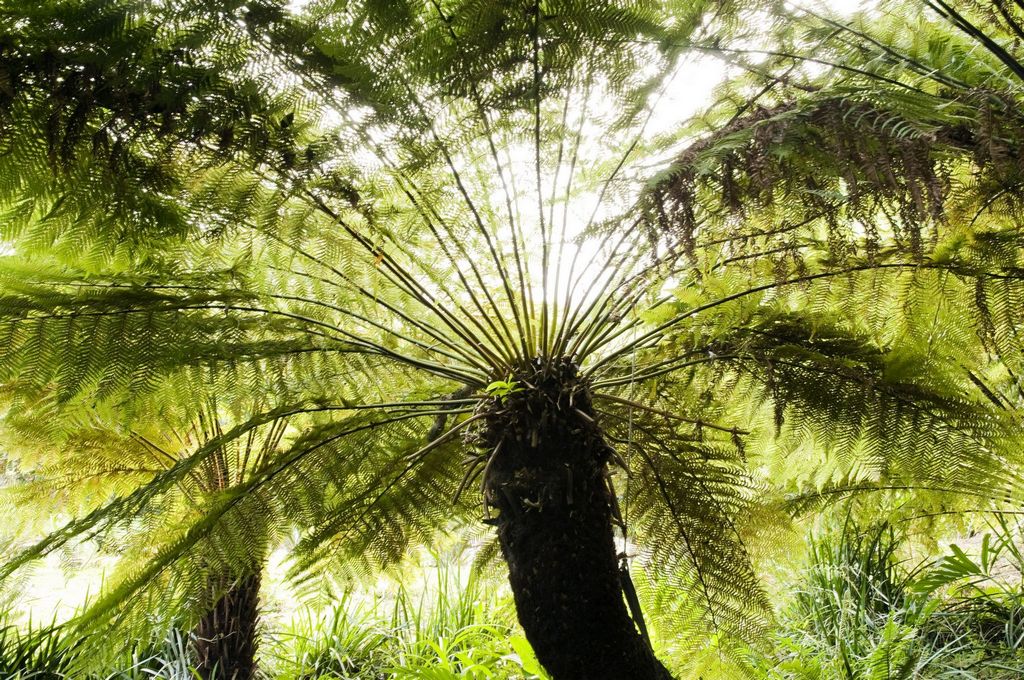
Success
You are now signed up for our newsletter
Success
Check your email to complete sign up
A retired policeman blames wealthy collectors in Gauteng province for driving the demand. Poachers are not always aware of their crime, as they may be hired under false pretenses and paid as little as €35 per job. One incarcerated poacher told TRAFFIC he was hired to “cut down trees.”
The more experienced professionals become ‘recruiters,’ hiring others to do the dirty work. The plants are often laundered through nurseries, allowing buyers to claim that they were propagated for legal trade. A legal propagation will not have the telling crow-bar marks from being torn out of the ground, however.
Hundreds of endangered cycads have been confiscated in Gauteng province over the past few years. According to Western Cape authorities, cycads valued at $1 million were stolen in the first half of 2021 alone.
Tactics authorities have used to identify poached plants include microchipping and spraying with invisible paint; but the thieves dig out the chips and x-ray the plants. A more reliable identification method may be radiocarbon dating, which will tell authorities where the plant grew. The rarest cycad in the Kirstenbosch National Botanic Garden in Cape Town is kept in a cage for protection.
All of this seems unnecessary, however, as even the rarest cycad could be propagated and sold at a low cost. Researcher Daniel Stiles muses, “Eventually enough of the collectors will have their own that there will be no rare species anywhere, except in the wild. Why buy poached from the wild at high prices when you can buy affordably elsewhere?”
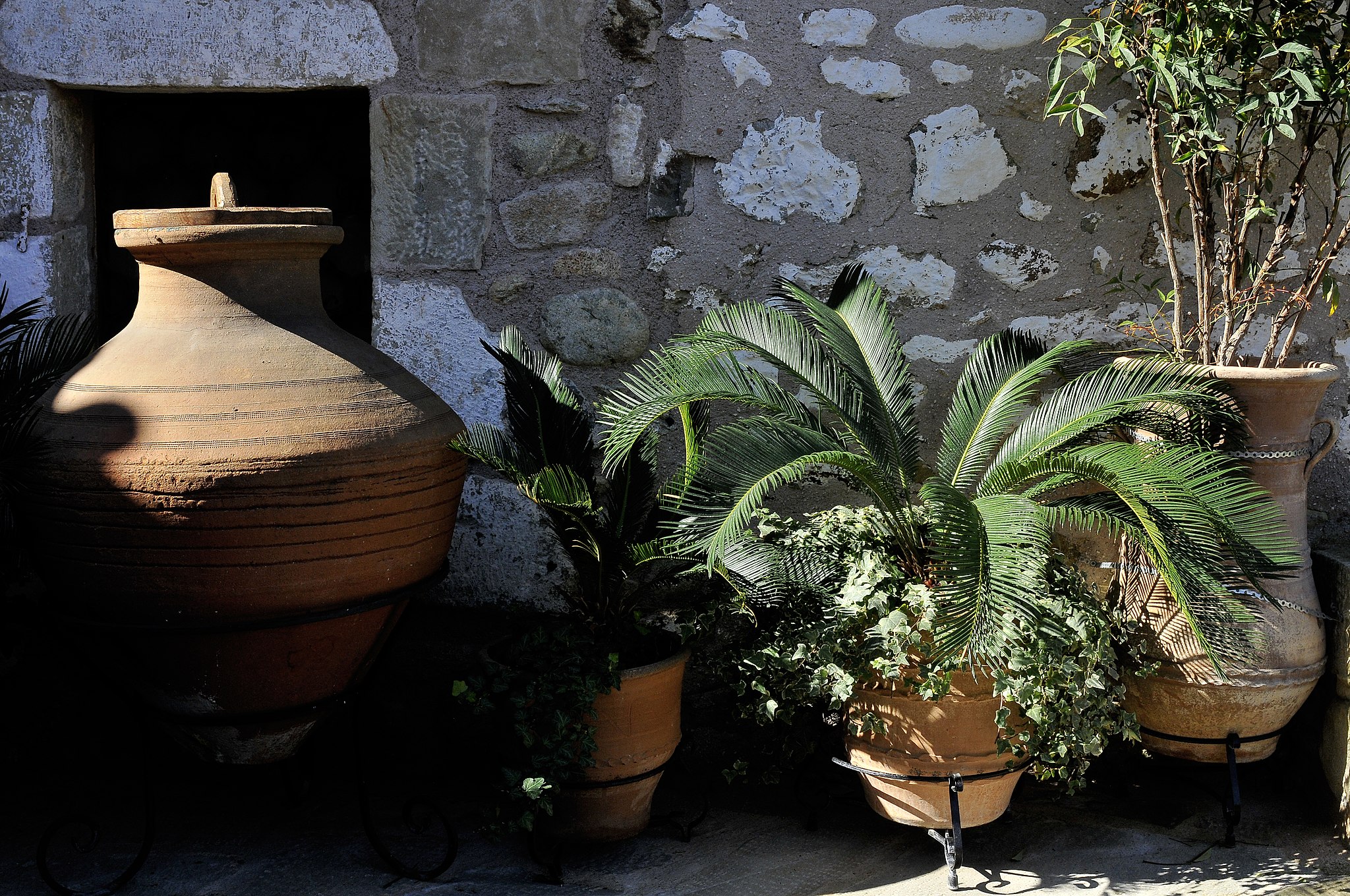
Growing cycads legally
While many of the wide variety of cycads are legally propagated and be purchased for personal use, permits are required for the possession, transport, growing, buying or selling of cycads in South Africa. The threat to Cycads is internationally recognized in terms of the Convention on the International Trade of Endangered Species of Wild Life and Flora (CITES).
All species of cycads are CITE regulated, although some seeds are not. In the US, cycads have varying levels of rarity and protection, and laws vary from State to State. Be sure to check with your state guidelines before purchasing cycads.
Cycads are slow growing and can be treated as ornamental house plants or garden specimens. Potted plants should have a well drained soil, such as cactus mix, or a peat and perlite mix. These plants can be rootbound and do not need frequent re-potting.
To prevent damage to the leaves, keep potted plants uniformly moist, especially during the several weeks from when the leaves are emerging until they begin to harden. On the other hand, the quickest way to kill a cycad is to over-water it, so you need to monitor water levels carefully.
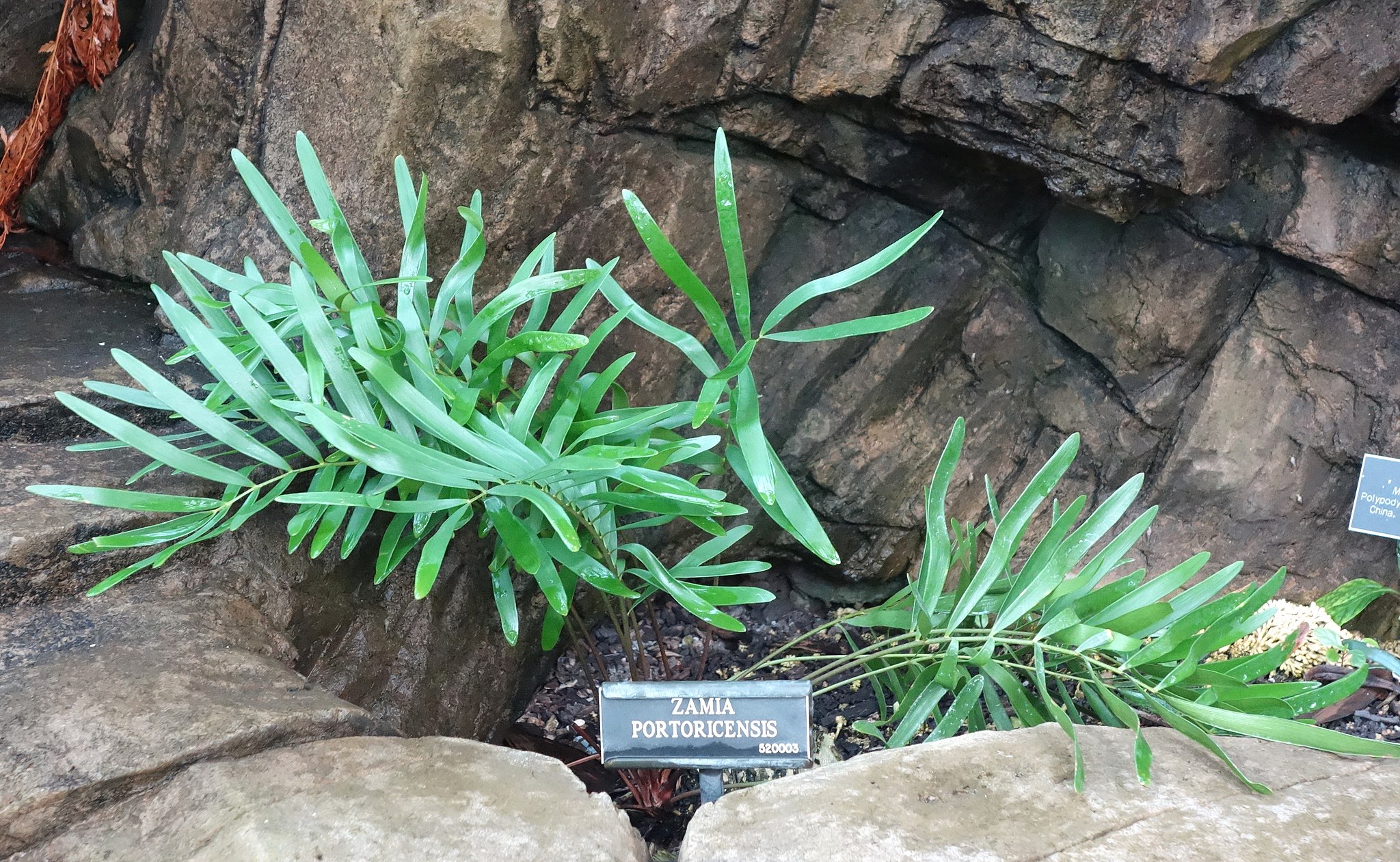
Recommended species
Cycas revoluta is a popular cultivated cycad native to southeastern Japan. This is a relatively low maintenance plant, as it can take moderate to bright light, dry conditions as well as temperatures below freezing, USDA hardiness zone 8.
Dioon edule is another low maintenance and widely cultivated species. Native to Mexico and Central America, it can grow to a height of 8 feet and produces edible seeds. It tolerates drought and can take a light frost, zones 9-11.
Zamia pumilia is native to the southern US and several Caribbean islands. The taxonomy is vague with this group, as it can be variously considered one, two, or more distinct species. Their subterranean stems make them adaptable to many conditions and they are also suitable for bonsai.
Cycad habits and care
Cycads normally produce leaves once a year, with each flush of new leaves all emerging at once. This is the time to keep your cycad evenly moist. A houseplant may do this less frequently and may remain the same size for several years. When your new leaves are mature, the previous lower leaves can be removed to improve appearance. Yellow or brown leaves can be removed at any time.
Cycads as houseplants are susceptible to scale and mealybugs which are difficult to control. If you move your plants from inside to outside, be sure to acclimate slowly to brighter light conditions on the way out, and carefully check for pests on the way in.
Cycads can be propagated from seed, but they must be planted fresh, and germination is not dependable. Propagation by division is much more viable.
Many species will produce offsets from the base of the plant, which can be separated and potted up. The “pup” should be removed with a trowel when it is about two inches in diameter. Remove all leaves and place the stem half submerged in the same growing medium as its parent. Water deeply but sparingly until roots have formed.



